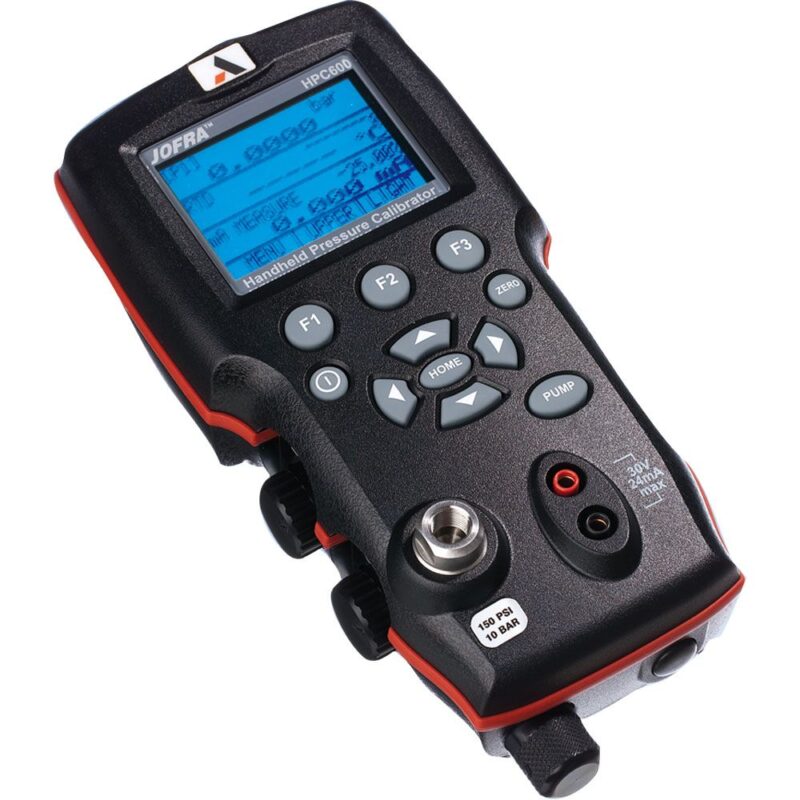407113-NIKL
$284 & Free Shipping
Free shipping on orders over $50!
- Satisfaction Guaranteed
- No Hassle Refunds
- Secure Payments
Description
Introduction to NIST Special Publication 407113
The National Institute of Standards and Technology (NIST) is a prominent U.S. agency tasked with developing standards, guidelines, and best practices to bolster the security and resilience of information systems. As part of its mission, NIST produces a series of Special Publications (SPs), which serve as critical resources for organizations aiming to safeguard their digital infrastructure. Among these, NIST Special Publication 407113 stands out as a significant document, offering comprehensive guidance on a specific domain of cybersecurity or information technology.
NIST SP 407113 addresses intricate aspects of cybersecurity, providing a framework that organizations can adopt to enhance their security measures. This publication’s purpose is to furnish detailed, actionable recommendations and protocols that help mitigate risks and ensure robust protection against emerging threats. The scope of SP 407113 extends across various sectors, making it a versatile tool for any organization, regardless of size or industry, seeking to fortify its cybersecurity posture.
The relevance of NIST SP 407113 cannot be overstated. In an era where cyber threats are increasingly sophisticated and frequent, adhering to the guidelines set forth in this publication can significantly reduce vulnerabilities and enhance an organization’s defensive capabilities. By following the structured approach delineated in SP 407113, organizations can not only comply with regulatory requirements but also proactively defend against potential breaches and attacks.
Understanding the history and development process of NIST SP 407113 is essential for appreciating its recommendations. This publication is the result of extensive research, collaboration, and expert input, ensuring that its guidelines are both practical and effective. NIST’s rigorous development process includes stakeholder engagement, public consultations, and iterative revisions, which collectively contribute to the robustness and relevance of the final document.
In summary, NIST Special Publication 407113 is an indispensable resource for organizations dedicated to strengthening their cybersecurity frameworks. By providing a clear, well-researched set of guidelines, it empowers entities to navigate the complex landscape of cyber threats with confidence and competence.
Understanding the core recommendations and guidelines of NIST Special Publication 407113 is crucial for organizations aiming to bolster their cybersecurity posture. The publication underscores several primary objectives and principles that cater to a wide range of security concerns, emphasizing both technical and administrative controls. These include robust risk management strategies, stringent encryption standards, effective access control mechanisms, and stringent compliance requirements.
Risk management is at the heart of NIST SP 407113. The publication advocates for a proactive approach where organizations continuously identify, assess, and mitigate risks. This involves a comprehensive risk assessment process, followed by the implementation of appropriate security measures tailored to the organization’s specific needs. Regular reviews and updates to the risk management framework ensure that emerging threats are promptly addressed.
Encryption standards are another critical area of focus. NIST SP 407113 recommends the use of advanced encryption techniques to protect sensitive data both in transit and at rest. This includes adopting algorithms and protocols that meet the highest security standards, ensuring data integrity, and preventing unauthorized access. Organizations are encouraged to stay updated with the latest advancements in encryption technology to maintain a robust security posture.
Access control mechanisms are essential for safeguarding critical information and systems. The publication advises implementing multi-factor authentication (MFA), role-based access control (RBAC), and regular audits of access permissions. These measures help ensure that only authorized personnel have access to sensitive data, reducing the risk of insider threats and unauthorized access.
Compliance is a fundamental aspect highlighted in NIST SP 407113. Organizations must adhere to established regulatory standards and guidelines to avoid legal repercussions and potential breaches. The publication outlines specific compliance requirements, offering a roadmap for organizations to follow. Implementing these guidelines not only helps in achieving compliance but also enhances overall security.
Practical steps for implementing these recommendations include conducting regular training sessions for employees, utilizing automated tools for continuous monitoring, and establishing a clear incident response plan. Organizations should also learn from case studies where NIST SP 407113 guidelines have been successfully integrated. For instance, a financial institution that adopted these recommendations saw a significant reduction in data breaches and improved customer trust. Such real-world applications underscore the tangible benefits of adhering to these standards.



